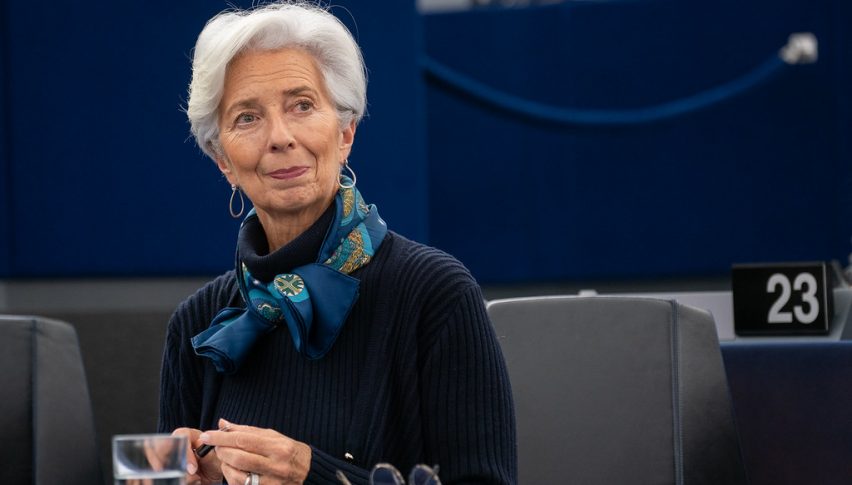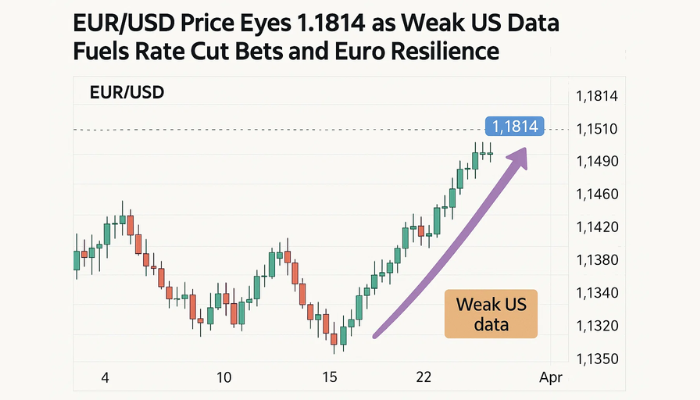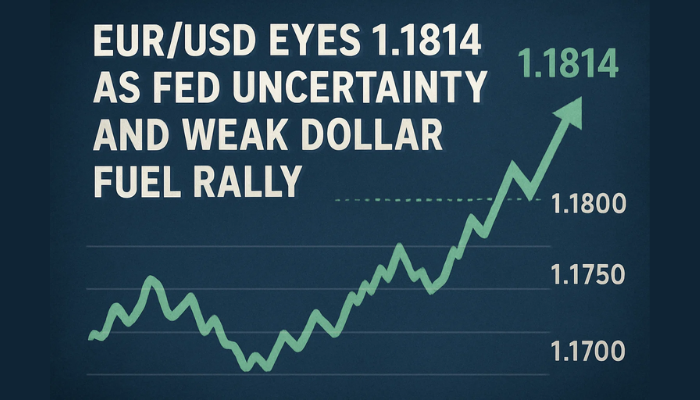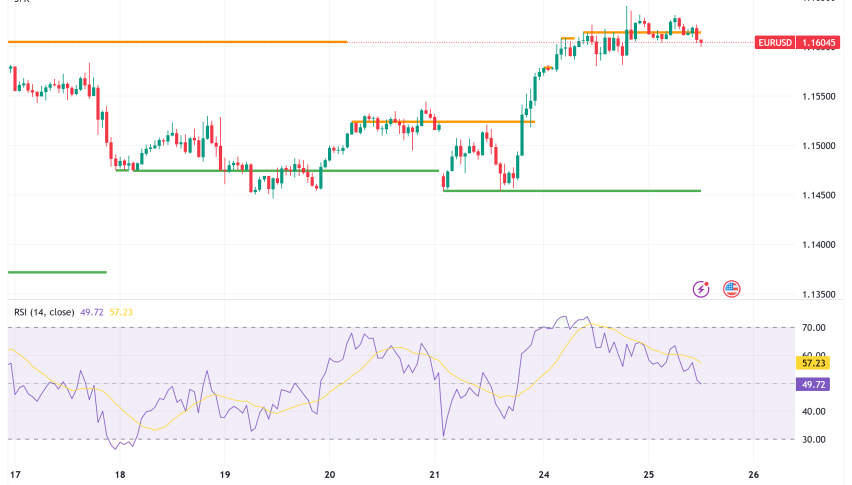Bearish Reversing Chart Pattern for EUR/USD, As ECB Plans to Slow to 50 bps in the Next Meeting
EUR/USD has gained nearly 10 cents in the last two weeks, but the bullish move might have come to an end as the 200 SMA provides resistance

EUR/USD has been making some really strong gains in the last two weeks, as it surged nearly 10 cents higher until reaching 1.0480 yesterday. The softer US CPI consumer inflation report last week turned the sentiment negative for the USD which fuelled the surge in this pair, while this week the softer PPI producer inflation gave EUR/USD another push higher.
But, the decline in the USD has been too fast and other major central banks are pivoting too. EUR/USD has reached the 200 SMA (purple) on the daily chart which is acting as resistance and the stochastic indicator is overbought, so we might see a reversal from here. Yesterday we heard rumours that the ECB might slow down to 50 bps in the next meeting after the 75 bps hike in the last two meetings, which would be bearish for the Euro.
EUR/USD Daily Chart – The 200 SMA Acting As Resistance

The stochastic indicator is overbought on the daily timeframe
Bloomberg is reporting that
- ECB officials may favor a 50 BP rate hike at the December meeting vs the 75 basis points.
Although there were comments that the increase in inflation may lead to another 75 basis point hike, so nothing is certain at the moment.
JP Morgan Stays Bullish on the USD
- JP Morgan Research discusses the USD outlook and maintains a structural bullish bias on the USD over the medium-term.
- “The durability of a broad USD sell-off is fragile with macro uncertainty near 5-decade highs and the dollar yielding more than half of global FX. Growth momentum outside the US has admittedly neutralized, but not out of the woods yet. USD performance around the last four Fed pauses was not consistent and growth-dependent; more consistent was the decline in US rates regardless of the growth outcome. USD valuations are rich but odds of a US recession have not been so high before the Fed is done hiking since the 1970s,” JPM notes.
- “The mix of growth/ inflation surprises matters for the composition of USD moves. Such high odds of a US recession keeps us more cautious on high beta FX but USD/JPY is likely most affected if US rates have indeed peaked,” JPM adds.
EUR/USD Live Chart
- Check out our free forex signals
- Follow the top economic events on FX Leaders economic calendar
- Trade better, discover more Forex Trading Strategies
- Open a FREE Trading Account


